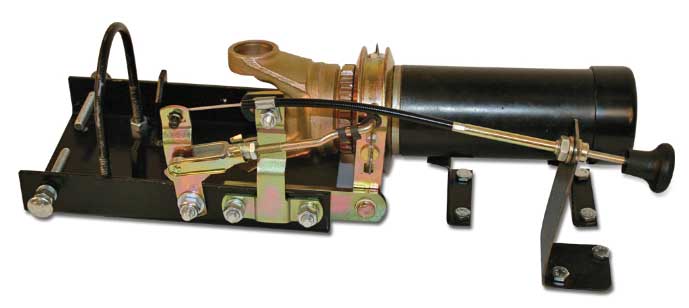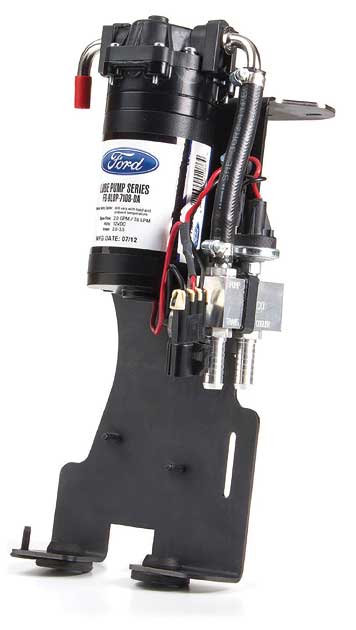A number of vehicles, though not sanctioned by their manufacturers, can be dinghy-towed after installing the right equipment
A few years ago, a reader wrote to us asking about dinghy towing a 1990s era front-wheel-drive Cadillac. It had belonged to his grandparents and, although his family didn’t really need another car, he thought it would be nice to keep it for use as a dinghy on family trips. He had checked our dinghy guides for his model year and couldn’t find anything, so he was worried that maybe his plan wouldn’t work out after all.
The good news is, if you’ve got an older vehicle, or one that you aren’t sure can be towed, there’s still hope — and towing a used dinghy vehicle makes sense for a lot of reasons. First and foremost, consider that a dinghy vehicle is constantly exposed to road and weather hazards that can damage the paint, even crack windshields and headlights. With an older vehicle, that’s not so much of a concern, as the initial cost is much lower, and so is insurance. Older vehicles also tend to be simpler, so towing them may require fewer steps and special procedures, like disconnecting the battery and/or pulling fuses.

The Superior Driveline Drive Shaft Disconnect (DSC) was developed to provide a quick and easy way to disconnect the transmission prior to towing. The disconnect (mechanical clutch) is installed into the rear portion of the vehicle’s driveshaft, near the rear axle. When disconnected, the rear axle is free to turn without turning the driveshaft or transmission. The system is engaged via a control cable that extends to a location underneath the driver’s seat; the cable is pulled out to disengage and pushed in to re-engage.
Many older vehicles with manual transmissions can be towed, and Blue Ox has baseplates dating all the way back to 1970. Demco offers baseplates back to 1980 and Roadmaster offers them to 1973. The baseplate is the only model- (and year-) specific component related to dinghy towing, so after that component is purchased, there are a wide variety of tow bars, dinghy brakes and lighting kits available that will complete your project. Blue Ox, Demco and Roadmaster all have fit lists on their websites that show what’s available based on the make and model in question.

Remco’s PowerRV towing pump systems are custom designed to fit specific applications, whether car, truck or SUV. The company offers a fit list on its website that goes back as far as 1996; if you need something earlier, call the company — its reps may be able to help.
If, like the vehicle the reader wrote to us about, it has an automatic transmission and isn’t approved by the manufacturer for dinghy towing, Remco Towing may be able to help. The main reason vehicles can’t be towed is that the transmission isn’t lubricated unless the engine is running, which will lead to overheating and may even burn up while dinghy towing. Remco offers lubrication pumps (backed by a 10,000-mile warranty) that circulate fluid through the transmission. Remco also handles Blue Ox products, so it may be possible to get a lube pump, baseplate, tow bar and dinghy brake all in one place. Or, if you would prefer, Demco and Roadmaster offer adapters that make it possible for their tow bars to fit a Blue Ox baseplate, and dinghy braking systems (especially portable models) can work in any towed vehicle.
In other instances, a driveshaft disconnect kit can be employed so that the transmission internals aren’t spinning during the towing process. These kits typically include a cable-operated control located within the dinghy vehicle cockpit, so the driveshaft can easily be disconnected before towing. Driveshaft disconnects are no longer on the Remco Towing website, but there are a number of vendors that still offer kits — simply enter “driveshaft disconnect” in your search engine of choice and you’ll be greeted with a number of options.
We offer this word of caution: Although baseplates, lube pumps and other products are also available for newer vehicles, that doesn’t make them towable as far as the manufacturer is concerned. If the vehicle is not officially approved by the manufacturer for dinghy towing, the warranty will be void if any component failures occur as a result of towing.

